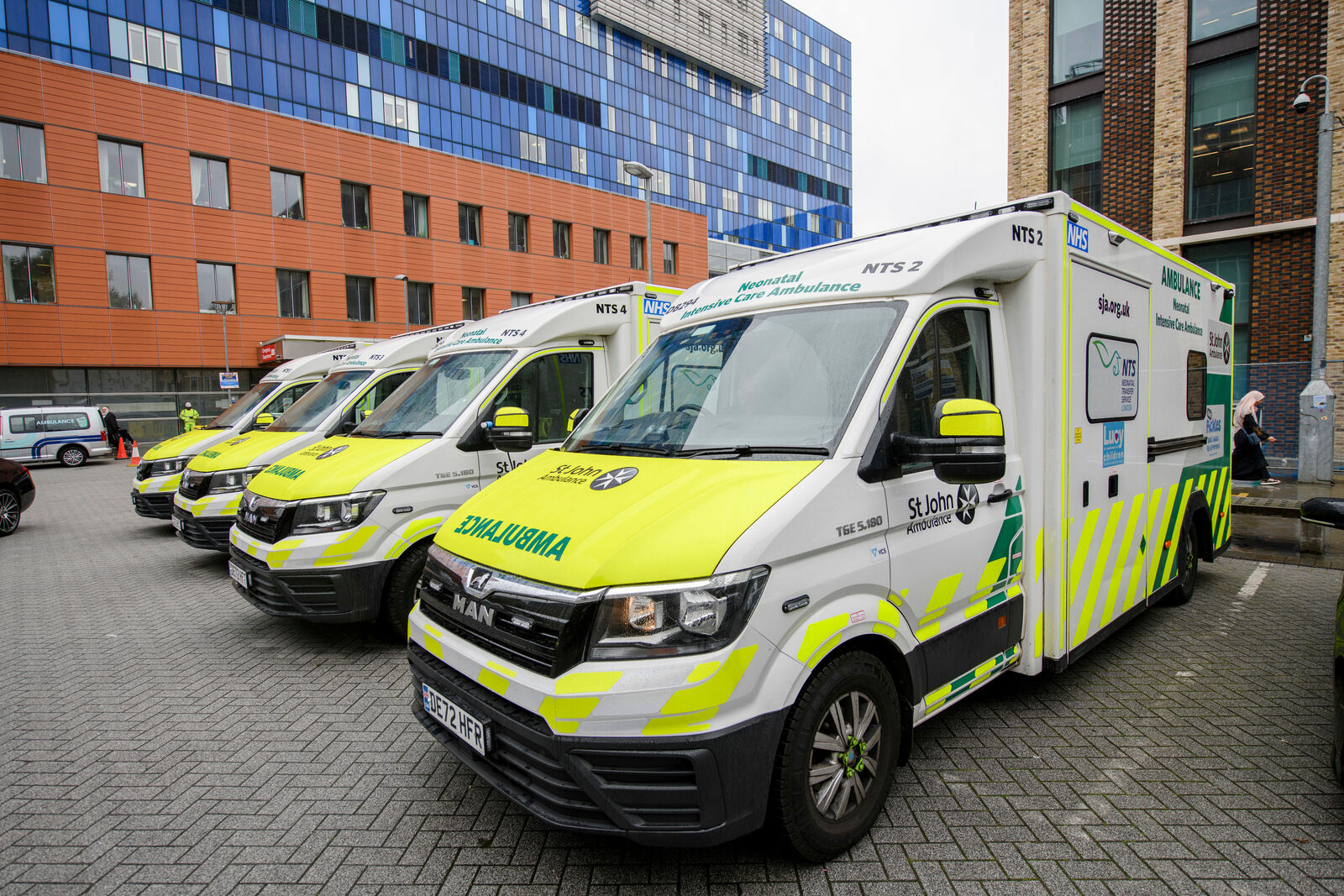Building our Winter resilience

Traditionally this week is when winter pressures begin to bite in our hospitals, just as the New Year begins. That’s why we start making preparations for winter ahead of time and have a plan to manage the expected pattern of sickness among our population.
Our plans assume that industrial action will continue and include a contingency in case of a surge in demand, such as from unexpectedly virulent respiratory diseases.
For example we now have 136 critical care beds available, almost one-fifth more than last winter, thanks to national investment in north east London. These are equipped with ventilators and other specialist kit in case of a surge, but if this is not required the beds are used for routine patients.
Across the group we anticipate the most demand for our 1,500 inpatient beds will come at the beginning of March. However occupancy will vary across the hospitals, with The Royal London expecting to be under high pressure for most of February, while demand at Newham peaks in January and at Whipps Cross in March.
St Bartholomew’s will be able to help the group by taking extra inpatients through its virtual ward initiative. This uses technology to monitor cardiac patients at home rather than in hospital, freeing up bed space. Patients remain on a treatment plan, overseen by a hospital clinician, while daily observations are done remotely.
The idea is catching on, with The Royal London, Newham and Whipps Cross also developing virtual wards for respiratory, hepatology and frail patients. By the end of this month we will have more than doubled our virtual ward capacity across the Trust to over 170 beds.
Chris Gordon, director of improvement and transformation, says that home monitoring can allow patients to go home early after an operation or illness and recover at home, or care for patients with serious underlying conditions at home so they don’t need to come into hospital in the first place.
He said:
Virtual wards are a great way of breaking down the divide between home, community care and hospital care. They allow hospital specialists to work alongside community teams and GPs, delivering the best care for patients at home in a way that safely shortens - or maybe even avoids - a hospital stay.
Read more
This is the second in an occasional series highlighting aspects of our winter plan. Read more about the preparations made in our emergency departments: All in a day’s work
Check out how our virtual wards are enhancing patient flow: Elizabeth recovers at home
